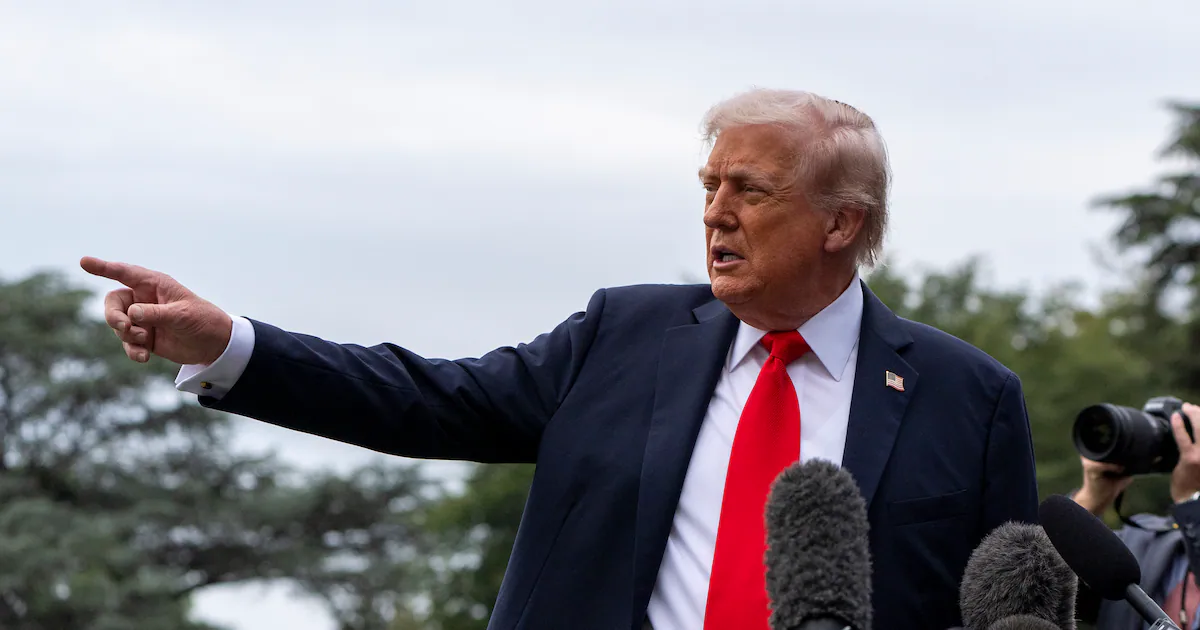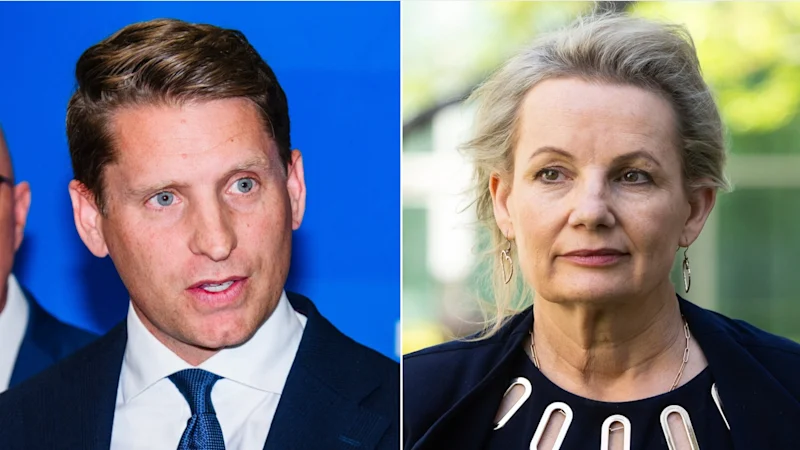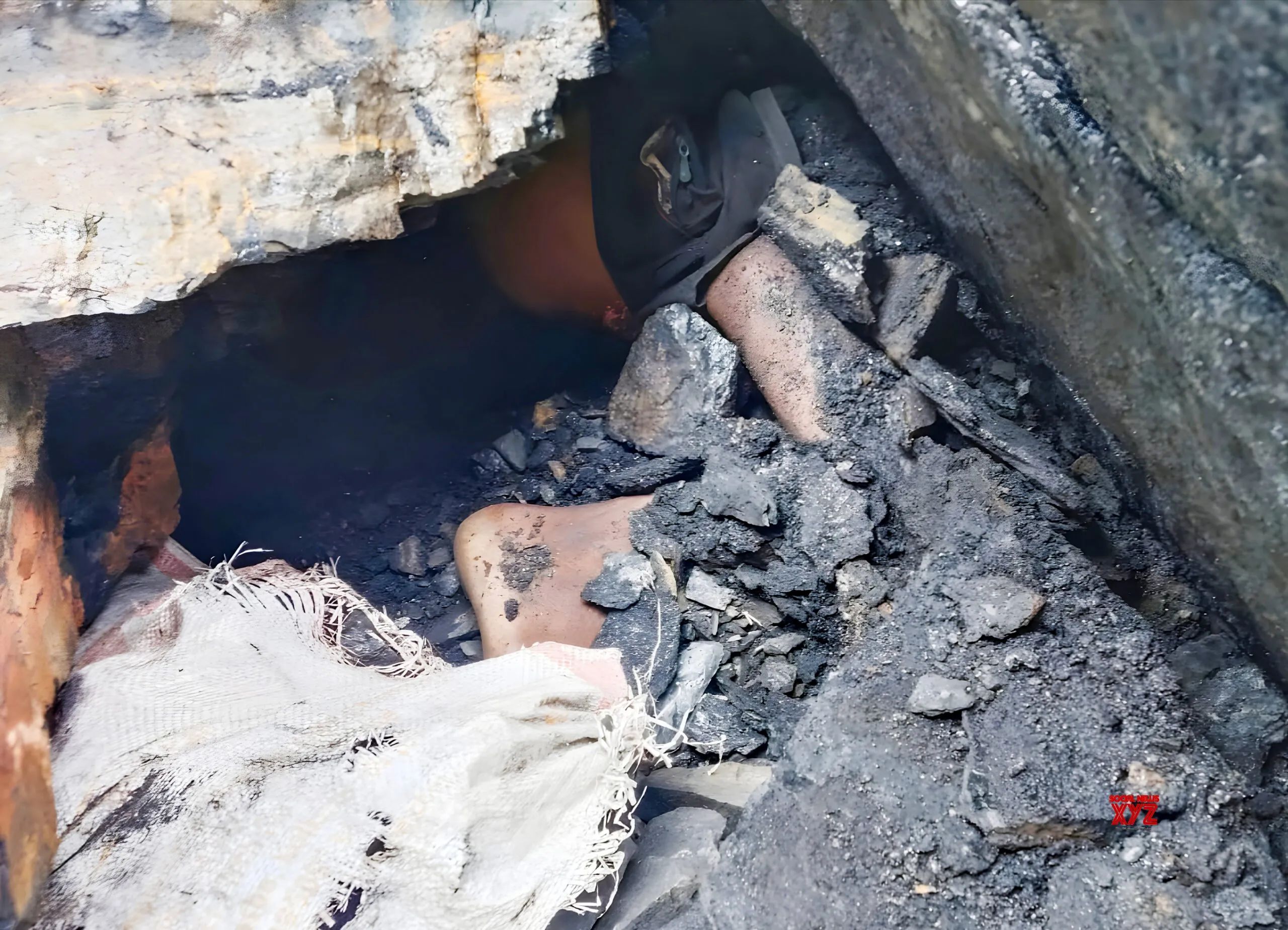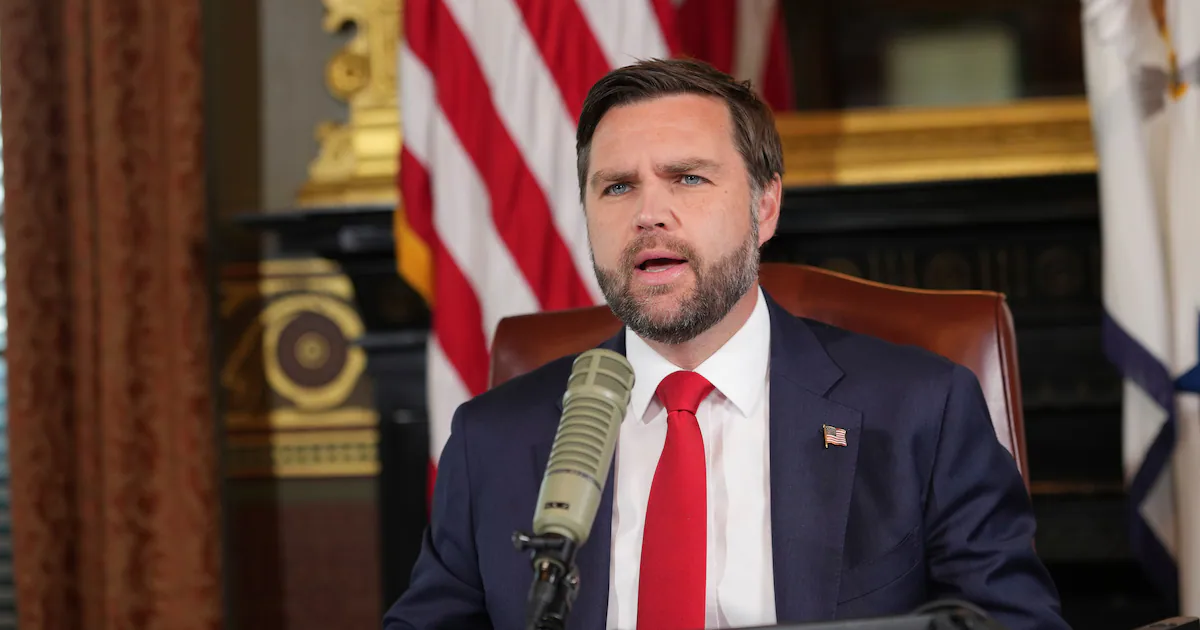
President Donald Trump is not as popular as he claims. But neither is he as unpopular as his opponents might like to think.
That’s the simple explanation. Dig under the hood, however, and things get complicated.
I’m constantly asked to assess Trump’s political standing; it’s among the more consistent questions posed to professional political analysts. And — in case you hadn’t noticed — there is a ton of polling out there. But these surveys, many of them credible and worth considering, often spit out different data, allowing interested readers to draw different, sometimes contradictory, conclusions.
Veteran polling analyst Nate Silver, writing Sunday with colleague Eli McKown—Dawson in his newsletter, Silver Bulletin, explained: “Inevitably, there’s a lot of disagreement from survey to survey, not just because of statistical variation but because pollsters have long had trouble pegging down Trump’s popularity — and often underestimated it .”
Even respected polling averages — which you should absolutely heed more than individual polls — aren’t saying quite the same thing. The Silver Bulletin’s most recent average clocks the president’s job approval rating at 44.2%; the RealClearPolitics average is 45.9% and the Cook Political Report’s average is 42.9%. Yes, the numbers are similar. But mentally, 46% and 43% can feel much different — after all, elections have been decided by slimmer margins.
Either way, Trump’s “topline” job approval rating — the overall share of voters who approve of how he’s doing — is short of 50%, a vital sign that suggests poor political health for the president personally. And yet, to extend the analogy further, Trump is not flatlining. This November’s key off-year contests and the 2026 midterm elections may not go well for the Republican Party; historically, the president’s party loses ground in both. But it’s not necessarily a shellacking, or a thumping, in the making.
“I’d keep my eye on the toplines, which are bad enough that they might well cost the GOP the House, but not (yet) nuclear,” RealClearPolitics senior elections analyst Sean Trende told me via email.
To wit, Democratic candidates are favored in this fall’s gubernatorial campaigns in New Jersey and Virginia. And with Republicans defending a threadbare majority in the House of Representatives, Trump’s numbers don’t have to drop too far under 50% for Democrats to recapture the speaker’s gavel in 2026. (GOP mid-decade redistricting efforts underway in various red states could change that equation.) Total collapse is probably what would have to happen for Democrats to win control of the US Senate, where Republicans aim to grow their three-seat advantage.
But as I wrote at the outset: Assessing Trump’s political standing via these polls is complicated.
Although the president’s topline numbers remain relatively stable, crucial independent voters seem to be abandoning the president, with a YouGov poll for The Economist showing the president’s approval among them at a miserable 33%. On the other hand, a Fox News poll showed Trump with a decent 48% rating among Hispanic voters and a positive 55% approval among men ages 45 and younger. On the other other hand, the president is underwater on his handling of the economy.
“His base is solid as a rock,” CNN polling expert Harry Enten told me. Among Republicans, Trump’s ratings are sky high, in the high 80s to low 90s. That support is helping to keep Trump’s overall numbers afloat. In fact, he’s more popular — or perhaps we should say “less unpopular” — than he was in his first term.
“There is zero doubt that Trump is in a better position now than he was at this point in his first presidency,” Enten said. That might have something do with Trump’s second term unfolding more like a first term, as I detailed in this space earlier this month. But when Trump’s second “first term” is compared to his predecessors in their actual first terms, Enten finds the 45th and 47th president: Enten added: “Compared to every other elected presidency, he is in worse shape now than those other presidents were.”
Enten went on to explain that ultimately, it’s most accurate to compare Trump’s political standing so far in his second presidency to how his predecessors were performing in the polls at the same point in their second term. On that front, Trump is in better shape than those who came immediately before him. “Maybe the right baseline is comparing him to other second-term presidents,” he said. “In that way, he’s in a better position than George W. Bush and, arguably, Barack Obama.”
And if there’s any real improvement in Trump’s topline numbers, Enten said, he’d put his party in a decent position for the midterms.
Such an outcome might seem improbable, given historical trends and the political headwinds buffeting the White House. But it was no less improbable in 2022, when Democrats managed to increase their Senate majority and come close to hanging onto the House amid President Joe Biden’s lousy 40% job approval rating and voters’ dissatisfaction with skyrocketing inflation, rising crime and the disastrous pullout of United States military forces from Afghanistan.
It’s why what I fear most in politics is certainty.
David M. Drucker is a columnist for Bloomberg Opinion covering politics and policy. He is also a senior writer for The Dispatch and the author of “In Trump’s Shadow: The Battle for 2024 and the Future of the GOP.”



